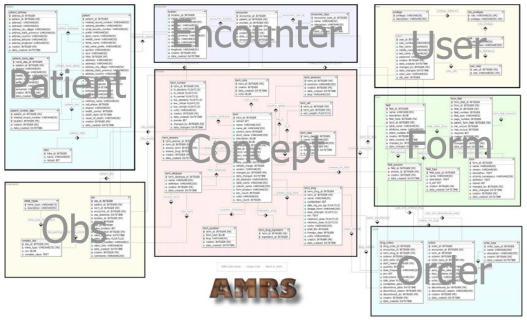Abstract
Millions of people are either living with or dying from HIV/AIDS; most of this living and dying is taking place in developing countries. There is an immediate need for electronic medical record systems to help scale up HIV/AIDS prevention and treatment programs, reduce critical human errors, and support the research necessary to guide future efforts. Several groups are working on this problem, but most of this work is occurring within silos. To be more effective, we must find ways to collaborate.
THE PROBLEM
Developing countries are bearing the majority of the burden (up to 95%) of HIV/AIDS worldwide. Multiple organizations have created relationships and performed missionary work to help fight this pandemic, but they face significant challenges in information management. Systems must be expanded and, as they are, more of the direct patient care will be placed in the hands of people with less training to do the job. At the same time, we are missing critical opportunities to collect high-quality data to better direct our efforts. The need for high quality, scalable EMRs capable of sharing data is paramount. Those who are able to collect data are limited by small, non-scalable datasets, databases designed to meet the needs of granting agencies, or systems that fail to code data sufficiently to facilitate research.
WORKING TOWARD A SOLUTION
We built the first published EMR in sub-Saharan Africa and have since rebuilt the data model based on the system in use at Regenstrief Institute. This data model was built in collaboration with colleagues from Partners in Health and is currently being used in Western Kenya. It has been built with scalability and flexibility in mind. While we continue to assemble tools around the data model, our greatest affect on patient care within developing countries will be through a collaborative effort.
Further information is available at our website, http://amrs.iukenya.org. Visitors are invited to join our form (forum.iukenya.org) as well.
Figure 1. AMRS Data Model.
An overview of the data model shows the overall organization of the tables into basic categories. Details available at amrs.iukenya.org/datamodel.
Footnotes
This project was supported by a grant from the Rockefeller Foundation and grant number 1-D43-TW01082 from the Fogarty International Center, National Institutes of Health.



